Caring for Trees with
Chlorosis
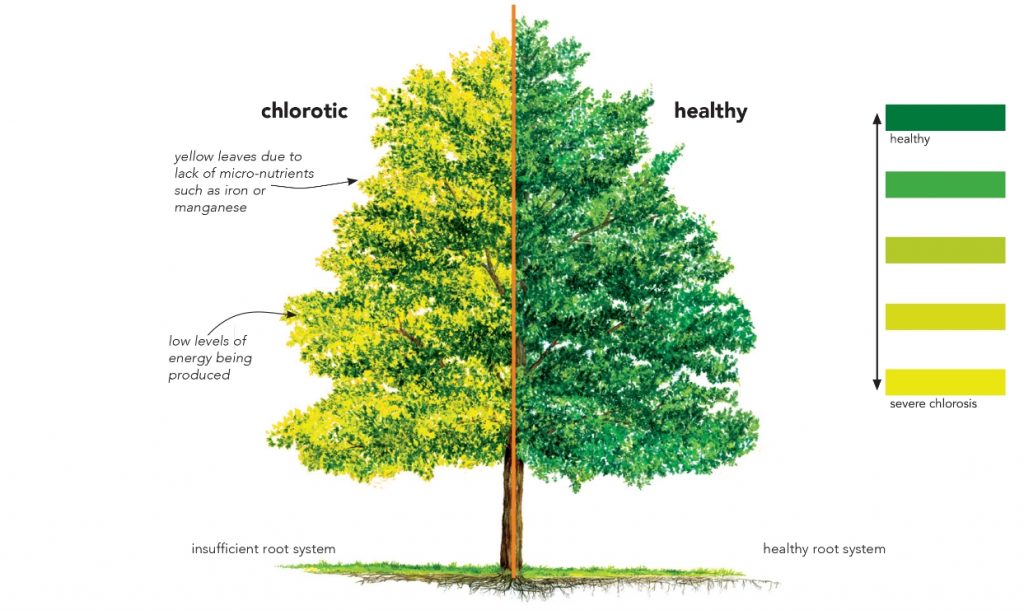
What Is Chlorosis?
Chlorosis is a serious condition where a tree’s ability to manufacture chlorophyll has been compromised. Because chlorophyll is the green pigment found in leaves, this condition is easy to diagnose by looking at leaf color. Mild chlorosis may occur as a pale green appearance to the leaves, while leaves may be yellow and even white in severe cases.
Why Is Chlorosis A Problem?
Because chlorophyll is the molecule that a tree utilizes to make energy for itself, trees with chlorosis are making less energy than they normally would. This condition results in a weaker, less durable tree that will rarely make it to maturity. Chlorotic trees are usually declining and will often die without treatment.
What Causes Chlorosis?
There are a number of factors that can cause chlorosis in trees, but mineral deficiencies and root system health are among the most significant. When minerals like iron or manganese are absent from the soil or locked up by high soil pH they are not available to the tree. Similarly, if the root system is damaged or unhealthy the tree will not have the capacity to absorb these items. Some common reasons trees may appear chlorotic include:
- Severe soil compaction
- Over-irrigation
- Lawn herbicides
- Root Severing
- Deicing salt
- Root rot disease
- Repeated drought
Chlorotic Trees Are Trapped In A Catch-22
A healthy root system requires food made in the leaves to function and grow. Healthy leaves require healthy roots to extract nutrients from the soil. Without one, the other languishes. Without human intervention – the tree will be stuck in a decline spiral that will eventually lead to its death.

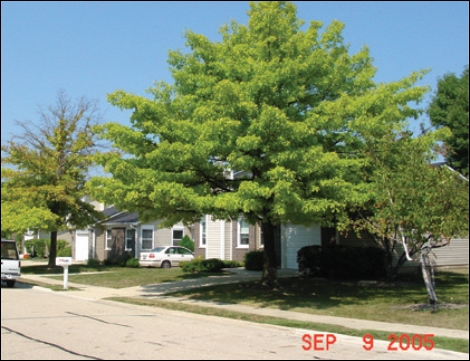
Before Treatment
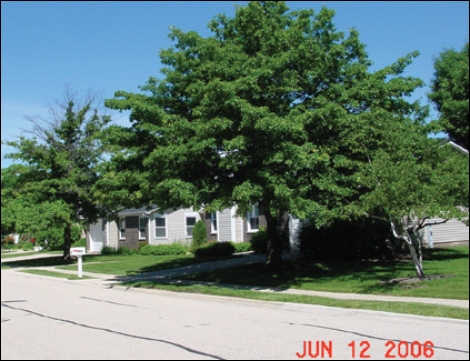
Treated With Verdur
Treating Chlorosis
Chlorotic trees do not produce as much energy to develop a healthy root system, and trees with unhealthy root systems do not extract the water and nutrients from the soil needed for canopy health. Without one the other languishes, and human intervention is needed to correct the situation.
Using Verdur® To Stimulate Chlorophyll Production
Verdur for iron and Verdur Mn for manganese are readily available forms of micro-nutrients that last up to 3 years. The purpose of treatment is to evenly and completely cover the entire crown of the tree with enough active ingredient. This is done through a process called macro-infusion. The best time to treat trees is in the fall or anytime time during the dormant season. Treatments during the growing season can result in leaf drop. Results last approximately 3 years from one treatment.
Using Cambistat® To Stimulate The Root System
Cambistat has been shown in university studies to increase the size and surface area of root systems. It slows the expansion of cells in the top part of the plant which allows energy to be redirected to other parts of the plant. It also increases a hormone that stimulates root growth. This combination of events increases the plant’s health and vitality.
Other Cultural Practices
Certain species of trees such as river birch and silver maples have evolved in river bottoms or soils rich in organic matter. These trees have a difficult time maintaining a healthy root system in urban areas that have poor soil conditions. It is recommended that a mulch ring be placed around the tree. Mulch provides a more favorable growing environment.
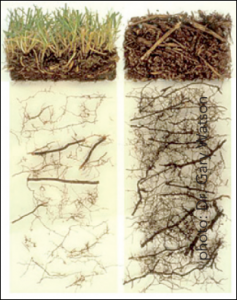
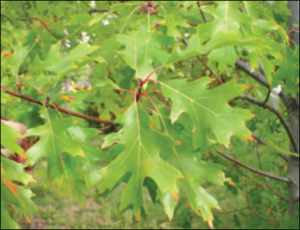
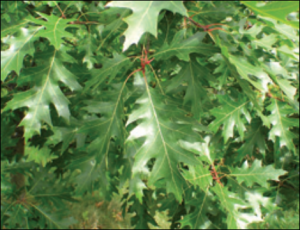
Research has shown Cambistat increases
chlorophyll content and fine root density in trees
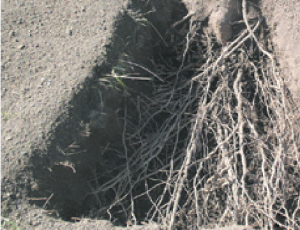
Untreated
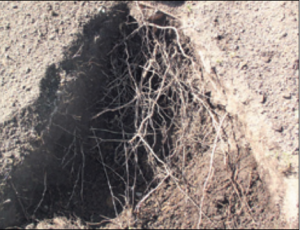
3 years after treatment
Ready For A Quote?
Click the button below to contact us and get started taking core of your trees




